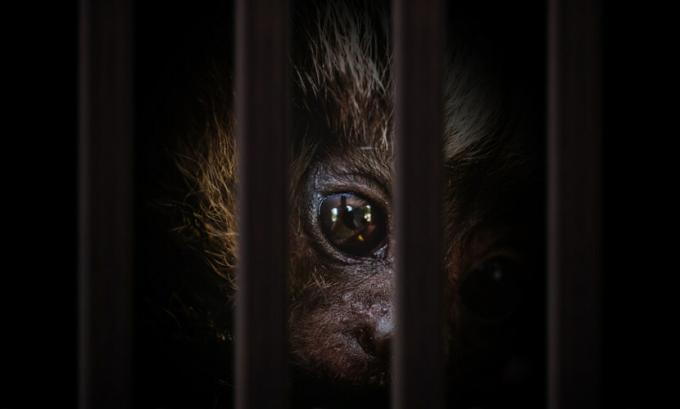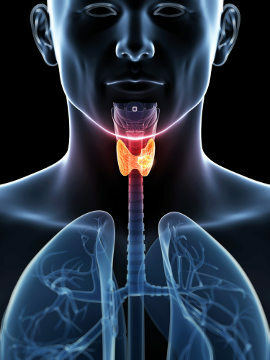You balloons they are plastic materials with elastic characteristics, widely used to decorate environments. You've probably already filled or watched other people fill balloons. Now, have you followed someone filling a balloon using chemistry? If not, in this text we are going to show two ways to use Chemistry to fill a balloon. Come on?
Talking about using Chemistry means carrying out transformations of matter, that is, making one or more materials (A and B) transform into completely different ones (C and D). This fact is always represented by an equation:
A + B → C + D
So when we say we're going to fill a balloon using chemistry, it means we're going to transform certain materials in others, and one or more of these formed materials will be gases, which, in turn, will fill the balloon.
Whenwe burn the Gasoline (Ç8H18) in the presence of oxygen (O2), for example, we have the transformation of these materials into carbon dioxide (CO2) and water vapor (H2O), as in the balanced equation below. The products formed are capable of filling a balloon.
Ç8H18 +25/2 O2 → 8 CO2 + 9 am2O
Now learn about some practical ways to fill a balloon using Chemistry:
a) Filling a balloon with vinegar and baking soda
→ Materials needed:
200 ml of vinegar
Two tablespoons of baking soda
100 ml of water
A glass
Bottle PET 500 ml
Funnel
Balloon
→ Procedure:
1st Step: Put the water in the cup and add all the baking soda;
2nd Step: Place the funnel in the PET bottle and pour all the bicarbonate water mixture into it.
To carry out the next step, you will need someone's help, as it is necessary for someone to work with a balloon, and the other with vinegar.
3rd Step: Add all the vinegar to the inside of the bottle and immediately place the balloon in the cap.

Balloon-in-bottle positioning model
→ What happens?
When sodium bicarbonate (NaHCO3, a salt) is mixed with vinegar (formed by acetic acid, H4Ç2O2), we have a chemical reaction, represented by the equation:
H4Ç2O2 + NaHCO3 → NaH3Ç2O2 + H2O + CO2
This reaction originatesa new salt (sodium acetate), water and carbon dioxide. The formed gas is able to fill the balloon positioned in the bottle nozzle.
b) Filling a balloon with sugarcane juice and biological yeast
→ Materials needed:
A 500 ml PET bottle
a funnel
100 ml of sugarcane juice
Two tablespoons of biological yeast
Balloon
→ Procedure:
1st Step: Add all the sugarcane juice in the PET bottle using the funnel;
2nd Step: Add all the yeast in the bottle with the sugarcane juice;
3rd Step: Cap the bottle and shake the mixture well for at least two minutes;
Step 4: Uncap the bottle and position the balloon at the tip of it;
5th Step: Wait.
→ What happens?
Biological yeast has yeast (fungi) which decompose the sugar present in the sugarcane juice. The decomposition products are ethanol and carbon dioxide, which gas will fill the balloon.
By Me. Diogo Lopes Dias



